Disclosure: This article contains affiliate links. We may earn a commission from purchases at no extra cost to you, which helps our travel content.
The cobblestone streets beneath my feet seemed to whisper stories of gold rushes and revolution as I wandered through Ouro Preto at dawn. This UNESCO World Heritage site in Minas Gerais isn't just another postcard-perfect Brazilian destination—it's a living museum where time moves differently, where baroque churches stand as monuments to both divine devotion and human greed. As someone who's found meaning in urban exploration from Toronto to Bangkok, I was unprepared for how this mountain town's colonial grid would unravel me, revealing its secrets one steep alleyway at a time.
First Impressions: A City Carved from Gold and Stone
Ouro Preto hits you like a beautiful contradiction—a place simultaneously frozen in the 18th century yet vibrantly alive. After my overnight bus from Rio deposited me in the pre-dawn chill, I found myself alone in Praça Tiradentes, the town's main square, watching golden light gradually illuminate the surrounding hills and whitewashed buildings.
The name Ouro Preto (Black Gold) isn't poetic license—it's literal history. This was once the epicenter of Brazil's gold rush, where immense wealth was extracted by enslaved hands and transformed into the architectural splendor surrounding me. The weight of that history hangs in the air like the morning mist.
Navigating the steep streets requires sturdy footwear—my trail runners proved essential companions for the cobblestone climbs. By mid-morning, I was grateful for my insulated water bottle which kept my water cold as the Brazilian spring sun intensified. The bottle's self-purifying UV light also gave me peace of mind when refilling from public fountains.
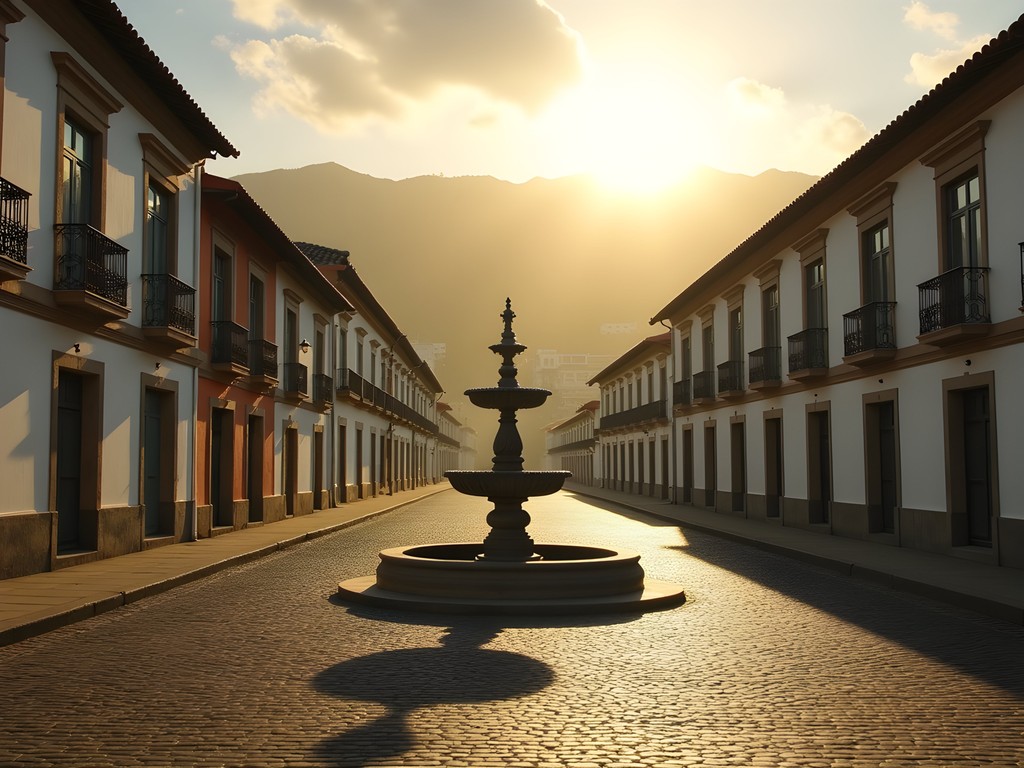
💡 Pro Tips
- Arrive early morning or late afternoon to photograph the churches in golden light
- Wear shoes with excellent grip—cobblestones become treacherous when wet
- Start at Praça Tiradentes for orientation before exploring the hillside streets
The Sacred and the Ornate: Church-Hopping in Baroque Heaven
If Toronto taught me to find beauty in concrete modernity, Ouro Preto schooled me in the extravagance of baroque expression. The town boasts thirteen major churches, each competing in grandeur and artistic achievement. I spent an entire day moving between these sacred spaces, my senses overwhelmed by the gilded woodwork and Aleijadinho's masterful sculptures.
São Francisco de Assis Church stands as the undisputed masterpiece. I arrived just as an afternoon rain shower cleared, leaving the façade glistening in renewed sunlight. Inside, the ceiling paintings by Master Athaíde create an optical illusion—a heavenly dome that seems to extend infinitely upward. I sat in a back pew for nearly an hour, neck craned, lost in contemplation.
Nearby, Nossa Senhora do Pilar hides its treasures behind an unassuming exterior. Step inside to discover what locals claim is Brazil's most gold-adorned church interior—over 400 kilograms of gold leaf cover its altars and ceiling. The contrast between the humble exterior and opulent interior speaks volumes about Ouro Preto's complex relationship with wealth and faith.
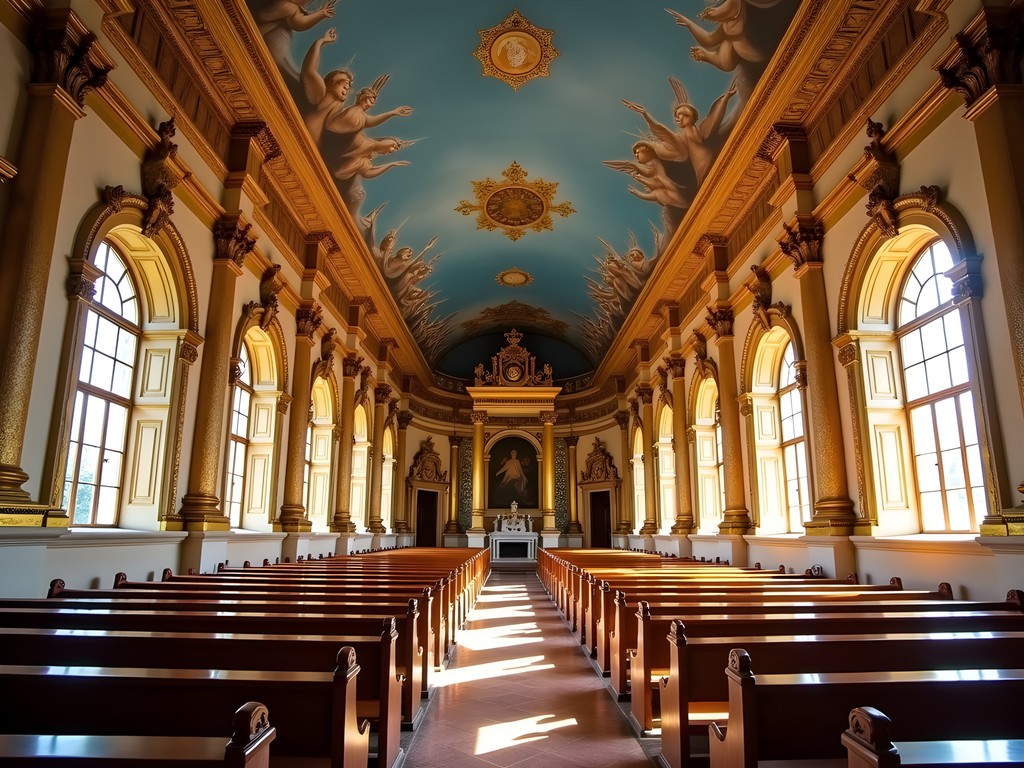
💡 Pro Tips
- Purchase a combined ticket for multiple churches to save money
- Visit São Francisco de Assis around 3-4pm when light streams through the windows at perfect angles
- Bring a small flashlight to illuminate dark corners and ceiling details
Hidden Passages and Local Rhythms
The real Ouro Preto reveals itself away from the postcard views and tourist circuits. On my second day, I deliberately got lost, following narrow alleys that twist between residential buildings, revealing hidden courtyards and unexpected vistas. These passages—some barely shoulder-width—were once used by gold smugglers avoiding the Crown's taxes.
One such detour led me to Beco do Pilão, a steep alleyway of worn steps where I encountered Dona Maria, a local artisan selling handmade soap from her doorway. Our conversation, conducted through my rudimentary Portuguese and her patient gestures, ended with an invitation to coffee in her tiny kitchen. The walls, she proudly showed me, contained stones from an 18th-century mining operation.
For exploring these hidden corners, I relied heavily on my crossbody sling bag which kept my essentials secure while leaving my hands free to steady myself on steep climbs. The weather in Ouro Preto can change rapidly, so my packable rain jacket earned its place in my bag, deployed several times during sudden afternoon showers.
As evening approached, I followed the sound of music to Largo de Coimbra, where university students gathered with guitars and percussion instruments. The impromptu jam session blended traditional mineiro songs with contemporary Brazilian music—a perfect soundtrack to the sunset painting the colonial facades in warm amber light.
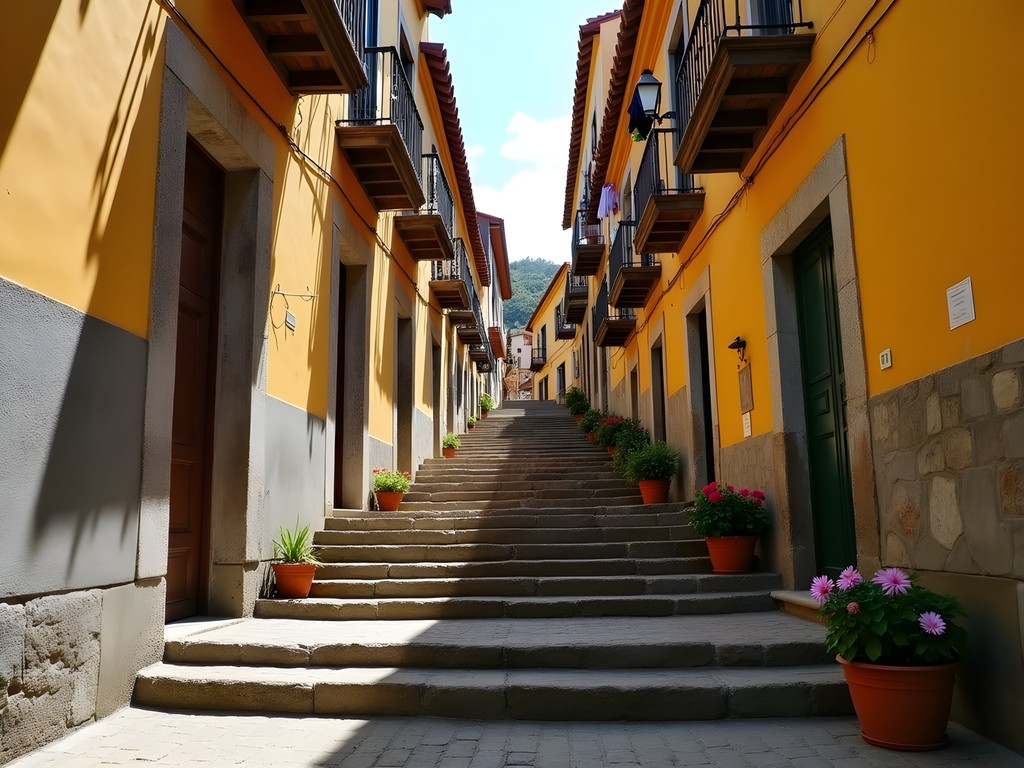
💡 Pro Tips
- Download offline maps before exploring the alleys as signal can be spotty
- Learn basic Portuguese phrases—locals appreciate the effort and open up more readily
- Follow the sound of music in the evenings to find authentic local gatherings
Culinary Time Travel: Minas Gerais on a Plate
The cuisine of Minas Gerais is famously hearty—developed to sustain miners and now preserved as cultural heritage. My cashier's budget was stretched thin by this point in my journey, but I discovered that some of Ouro Preto's most authentic food experiences are also its most affordable.
At Café Geraes, a tiny establishment near Igreja do Rosário, I became addicted to pão de queijo (cheese bread) fresh from the oven each morning. The owner, noticing my daily returns, began setting aside extra pieces for me. "For energy," she'd say, pointing to the hills I planned to climb that day.
For lunch, nothing beats the comida mineira at local restaurants offering fixed-price meals. At Restaurante do Ouvidor, the spread included tutu à mineira (seasoned beans with cassava flour), roasted pork, and collard greens so perfectly prepared they made me reconsider my relationship with vegetables.
In the evenings, I saved money by shopping at the central market and preparing simple meals at my guesthouse. My travel spice kit transformed basic ingredients into flavorful dishes, a trick I've relied on throughout my budget travels. For coffee enthusiasts, I recommend bringing a portable coffee maker—Brazilian coffee is exceptional, and morning brews on my guesthouse balcony became a cherished ritual.
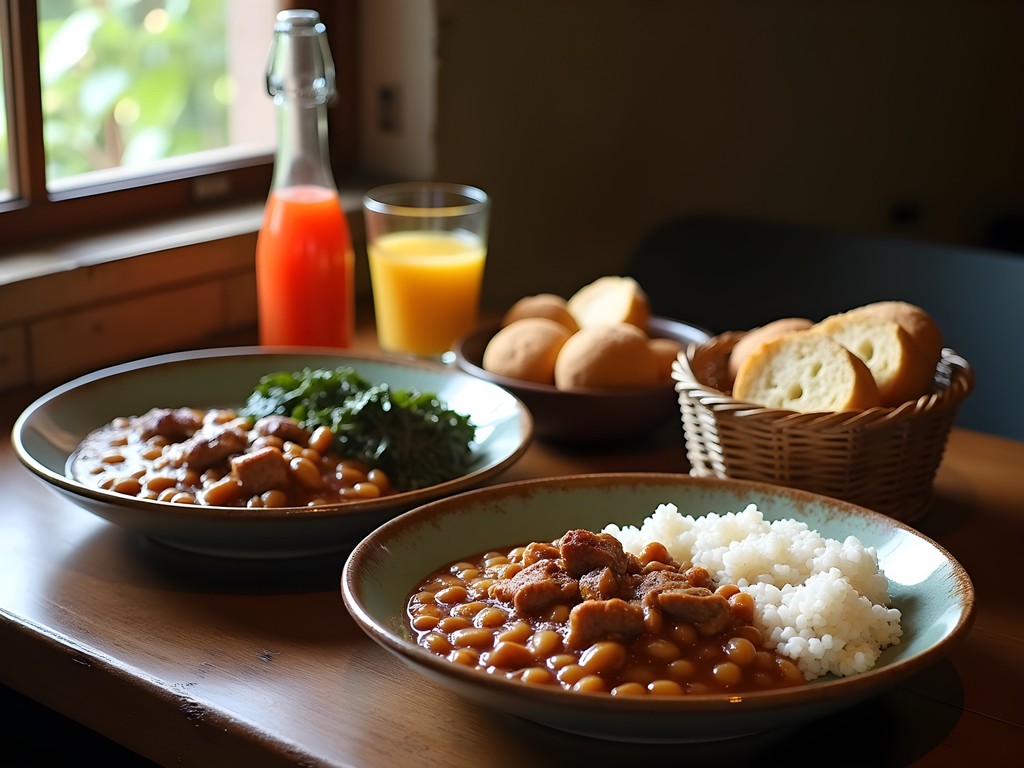
💡 Pro Tips
- Look for restaurants with 'PF' (prato feito) signs for affordable, authentic meals
- Visit the central market early for the freshest cheese and produce
- Ask locals where they eat—the best places are often unmarked and family-run
Mining History: Descending into Ouro Preto's Golden Past
No visit to Ouro Preto is complete without confronting the industry that built it—gold mining. The Mina do Chico Rei offers visitors a glimpse into the brutal conditions where enslaved Africans once labored. Descending into the narrow, damp tunnels with a local guide named Paulo, I felt the temperature drop and my chest tighten—not just from the close air but from the weight of history.
The story of Chico Rei himself—an African king who purchased his freedom and then gradually bought freedom for his people—provided a counternarrative of resistance and dignity amid exploitation. Standing in the cool darkness, Paulo's flashlight illuminating the rough-hewn walls where gold once gleamed, I thought about how places hold memories, how trauma and triumph can inhabit the same space.
For this underground exploration, my headlamp proved invaluable, allowing me to see details the tour guide's flashlight missed while keeping my hands free for navigating the uneven terrain. I also appreciated my quick-dry towel for wiping away the cave's dampness after emerging back into sunlight.
The nearby Museu da Inconfidência offers context for the mining history, housing artifacts from the 1789 independence movement that began in these very streets. The contrast between the opulence of the church art and the harshness of the mines creates a necessary tension in understanding Ouro Preto fully.
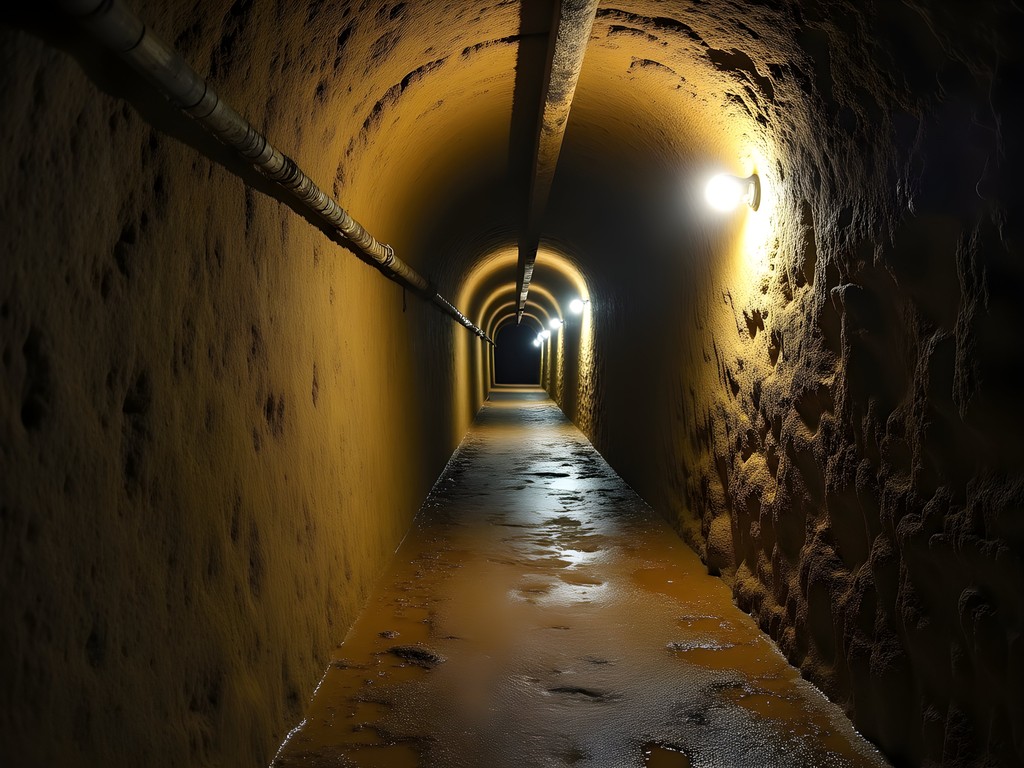
💡 Pro Tips
- Book mine tours in advance during high season
- Wear clothes you don't mind getting dirty—the ochre-colored soil stains easily
- Bring a light jacket even on hot days—the mines maintain a constant cool temperature
Final Thoughts
As my weekend in Ouro Preto drew to a close, I found myself at Mirante São Lucas at sunset, watching golden light wash over the town's red-tiled roofs and whitewashed walls. The church bells rang out across the valley, marking time as they have for centuries.
Ouro Preto exists in a beautiful tension—between preservation and lived experience, between acknowledging historical trauma and celebrating artistic achievement. For the urban explorer, it offers something increasingly rare: an authentic place that hasn't been sanitized for tourism, where the rough edges remain alongside the polished façades.
I came seeking baroque architecture but found something more valuable—a deeper understanding of how places shape us, how history echoes in stone and memory. As I prepare to return to my cashier's counter in Toronto, I carry with me not just photographs but new rhythms—the cadence of Portuguese conversations, the steep rise and fall of cobblestone streets, the quiet moments in church pews contemplating both beauty and its cost.
Let Ouro Preto reveal itself slowly. Wander without agenda. Sit in its squares and listen. The black gold may have been extracted long ago, but the true wealth of this place remains, waiting for those patient enough to discover it.
✨ Key Takeaways
- Ouro Preto rewards slow exploration—allow time to wander without strict itineraries
- The contrast between baroque splendor and mining history creates a necessary tension for understanding the town
- Budget travelers can experience authentic culture through affordable guesthouses, fixed-price meals, and free evening cultural events
📋 Practical Information
Best Time to Visit
Spring (September-November) or Fall (March-May)
Budget Estimate
$40-70 USD per day including accommodations and meals
Recommended Duration
Minimum 2 full days, ideally 3-4
Difficulty Level
Moderate Due To Steep Hills And High Altitude
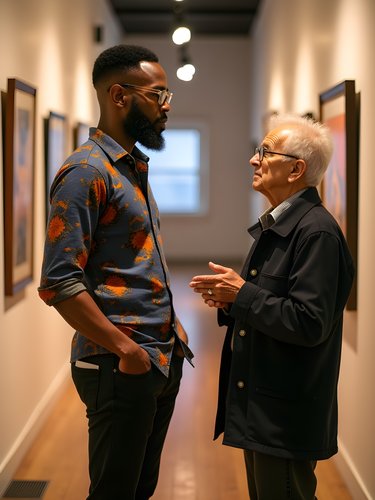
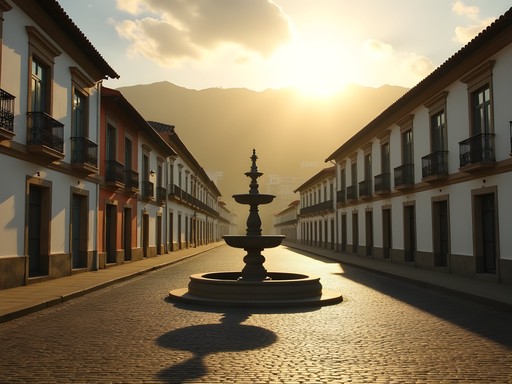
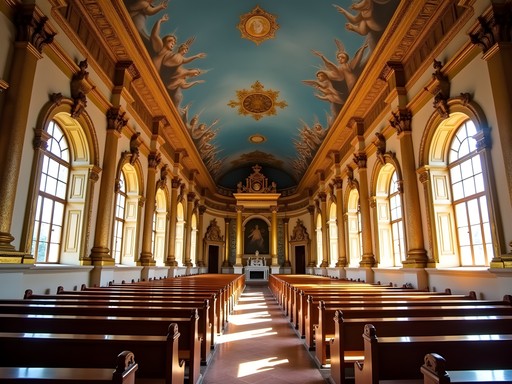
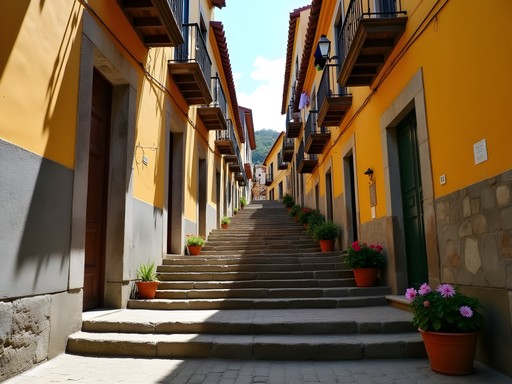
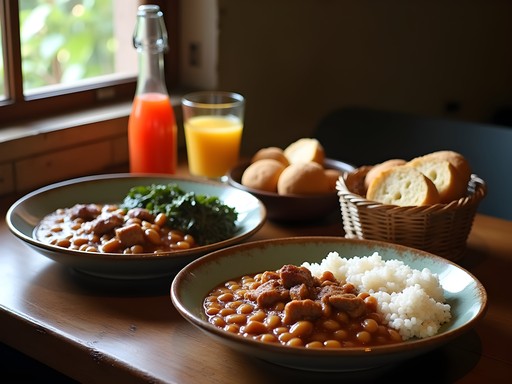
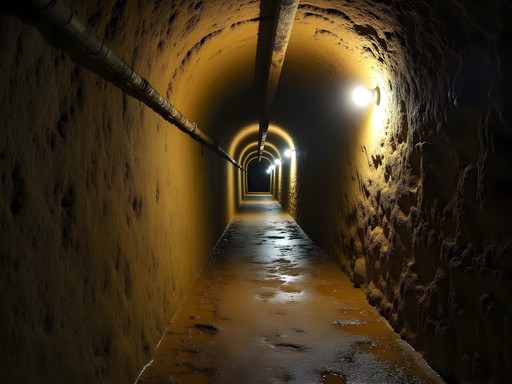


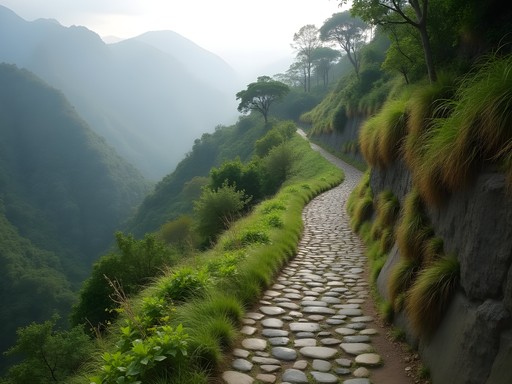

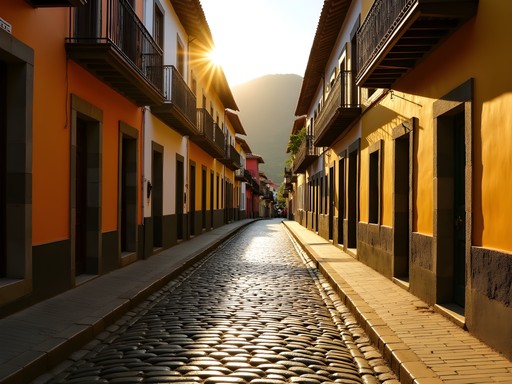
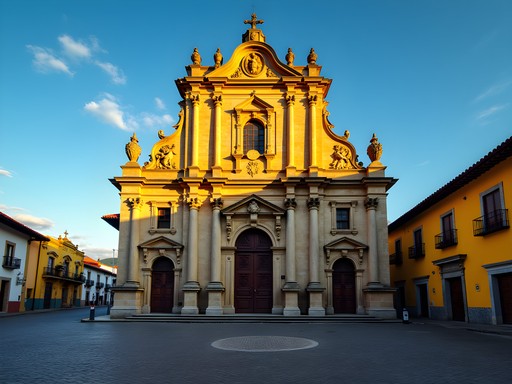
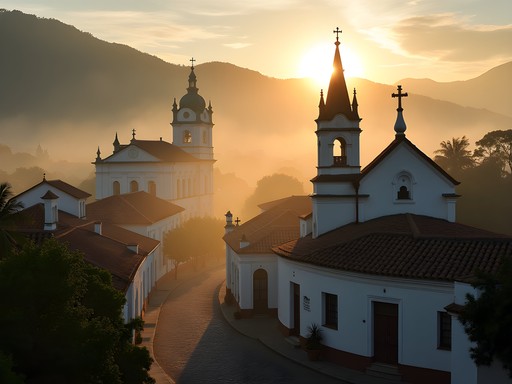



Comments
summerking
WOW! Those churches are STUNNING! 😍 I'm planning to visit in November - how many days would you recommend staying in Ouro Preto to really experience it properly? Also curious about day trips to nearby towns?
Aaron Jackson
I'd say minimum 3 days for Ouro Preto itself, but 4-5 if you want to include day trips. Mariana is just 30 minutes away by bus and definitely worth visiting. Congonhas is a bit further but has amazing soapstone sculptures by Aleijadinho.
summerking
Perfect! Thanks for the tips. Can't wait to explore those cobblestone streets myself!
beachmate
Going to Ouro Preto next month! How many days would you recommend staying? And is it easy to get around without Portuguese?
Aaron Jackson
I'd say minimum 2 full days, but 3-4 if you want to really explore without rushing. The main tourist areas have some English speakers, but having basic Portuguese phrases definitely helped me in the smaller shops and restaurants. The locals really appreciated the effort!
beachmate
Thanks so much! I'll plan for 3 days and brush up on my Portuguese basics. Can't wait to try that feijão tropeiro you mentioned!
Frank Garcia
Great write-up on Ouro Preto, Aaron! I backpacked through Minas Gerais last year and was blown away by the architectural preservation. One tip for anyone heading there: the city is built on extremely steep hills, so bring proper walking shoes! I learned this the hard way after nearly slipping on those beautiful but slick cobblestones. Also worth mentioning that many museums are closed on Mondays - I'd recommend using my travel planner to map out the church visits efficiently. The contrast between the simple exteriors and lavish gold interiors is mind-blowing. Did you venture into any of the old mines while you were there?
Aaron Jackson
Thanks Frank! You're absolutely right about proper footwear - those hills are no joke. I did visit Mina do Chico Rei and it was fascinating to see the conditions miners worked in. Really puts the opulent churches in perspective.
journeytime
Good tip about the hills! Any recommendations on which area to stay in to minimize the climbing?
Frank Garcia
I stayed near Praça Tiradentes which is central and relatively flat. Still plenty of hills to navigate but at least you're starting from a good position!
Marco Flores
Aaron, your post brought back so many memories! I spent three days in Ouro Preto last year and completely fell in love with those winding cobblestone streets. The Igreja de São Francisco de Assis was my absolute favorite - that Aleijadinho was a genius! One tip for anyone planning to visit: wear comfortable shoes with good grip. Those hills and cobblestones are no joke, especially if it rains. I learned this the hard way after nearly sliding down Rua Direita during an afternoon shower! Also, did you try the pão de queijo at Café Geraes? Best I had in all of Minas Gerais. For anyone staying overnight, I found the sunrise view from Praça Tiradentes absolutely magical - worth waking up early for.
Aaron Jackson
Thanks Marco! I completely agree about the shoes - I was slipping all over the place my first day. And yes, Café Geraes was amazing! Did you make it to the Mina do Chico Rei? That was another highlight for me.
Marco Flores
I did! The mine tour was fascinating, though a bit claustrophobic in parts. The story of Chico Rei is so powerful. I used my headlamp for some of the darker sections which was perfect - the regular lighting doesn't do the place justice!
journeytime
Those baroque churches look incredible! Adding this to my Brazil itinerary for sure.
escapeone
Those baroque churches look incredible! Been wanting to visit Ouro Preto for years now.
beachmate
Same! I've only been to Rio and São Paulo, but the colonial towns look like a whole different Brazil.
escapeone
Exactly! I'm thinking of doing a Minas Gerais tour next year. This post is definitely making me push it up my list.
summerexplorer
Your photos of those baroque churches took me right back to my visit last year! I completely agree about the magic of dawn in Ouro Preto - the light hitting those cobblestones just hits different. Did you try pão de queijo at Café Geraes? Their version was the highlight of my culinary adventures there. Those hidden alleys you mentioned are exactly what makes this place so special. I spent hours just wandering and discovering little corners that felt frozen in time.
Aaron Jackson
Thanks! And yes, Café Geraes was a daily stop for me - their pão de queijo is incredible. Did you make it to Mirante São Lucas for sunset?
summerexplorer
I did! That view over the red rooftops with the mountains in the background was unforgettable. Perfect spot to end the day.
Sarah Powell
Aaron, your section on the hidden alleys really resonated with me. I found Ouro Preto's less-touristed areas to be where the real magic happens. The contrast between the ornate churches and the humble residential areas tells such a complex story about colonial Brazil's social hierarchy. For those planning a visit, I'd recommend staying in a pousada in the historic center rather than a modern hotel - the experience of waking up in a 300-year-old building is incomparable. Also worth noting that the rainy season (November-March) can make those cobblestone streets quite slippery, but the misty mornings create an ethereal atmosphere that's perfect for photography.
wanderhero2765
Any specific pousada recommendations, Sarah? Planning a trip for next January!
Sarah Powell
I stayed at Pousada Classica, which was lovely and centrally located. Solar do Rosário is more upscale if that's your preference. Both have that authentic colonial feel!
oceanrider
We visited Ouro Preto during Carnival and it was incredible! Different vibe than coastal celebrations but so authentic. Those hills are no joke though - I wish I'd packed my hiking shoes instead of regular sneakers. My calves were burning after day one!
explorenomad
Carnival in Ouro Preto sounds amazing! Did you need to book accommodation way in advance?
oceanrider
Absolutely! We booked 6 months ahead and prices were still double the normal rate. Worth it though!
Fatima Sims
Your post brought back so many memories, Aaron! I was in Ouro Preto last year and completely fell in love with those winding streets. Did you get a chance to visit Mariana nearby? It's smaller but equally charming. The local miners' stories were fascinating - I did a tour with an ex-miner who showed us how gold extraction worked centuries ago. And that pão de queijo... I still dream about it! I found the best ones at a tiny bakery near Igreja São Francisco de Assis. The owner told me her family recipe is over 200 years old!
Aaron Jackson
Thanks Fatima! I did make it to Mariana for a day trip - absolutely worth it! Didn't get the ex-miner tour though, sounds like I missed out. Will have to check out that bakery next time!
Venture X
Premium card with 2X miles, $300 travel credit, Priority Pass